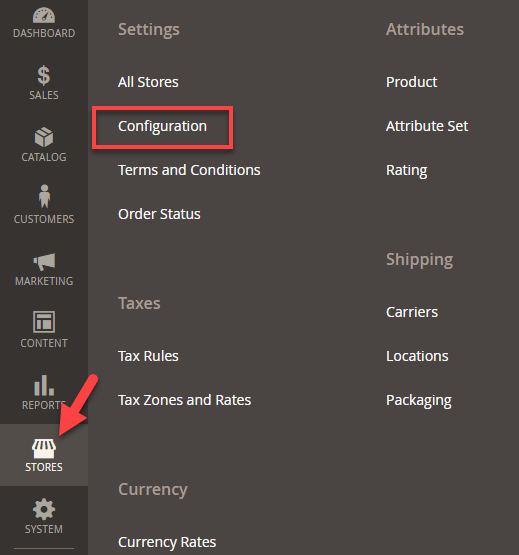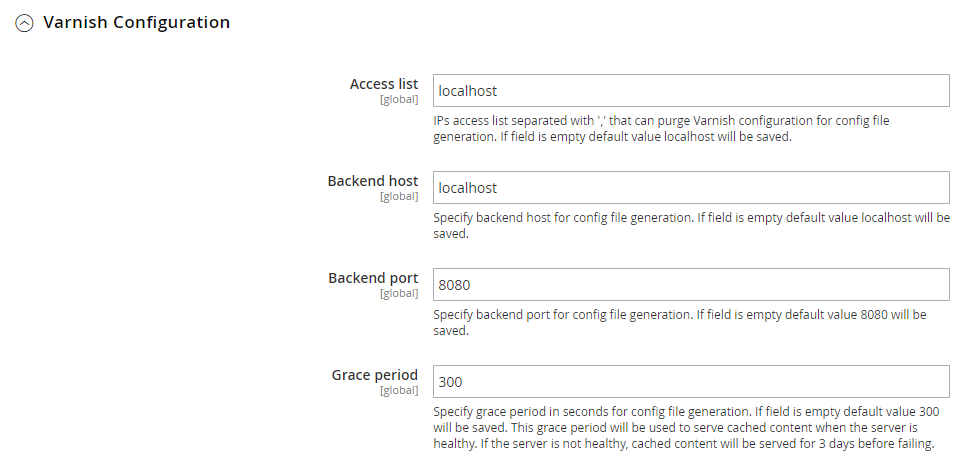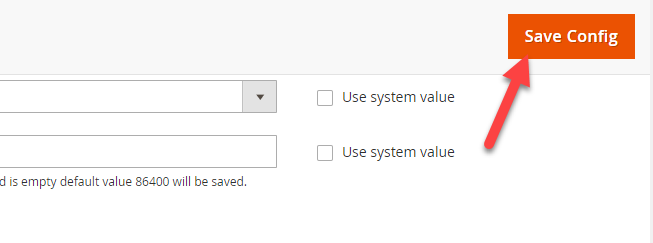Magento 2 full page cache
Full page caching has a strong effect on site's performance, making it load faster and allowing to display the categories and products of your store quickly.
Page response time is one of the most important factors in increasing your conversion rate. According to the statistics, most of the users will wait no more than three seconds for a page to load. Besides, let's be frank, slowly loading sites always seem suspicious. That's why you have to optimize your site speed as much as better, in order to avoid losing customers.
To set up Magento 2 full-page cache, perform the following steps:
- From the admin panel go to 'Stores' and under 'Settings' select 'Configuration'.
- Under 'Advanced' select 'System' and expand the 'Full Cache' settings.
- Select the 'Caching Application'. To activate the fields, uncheck the 'Use system value' box. You have two options available here:
- Built-in cache
- Varnish cache (is recommended by Magento for it caches most of the web’s content including static elements such as HTML)
- Access list - specify the IP addresses that can purge Varnish cache to generate the config file (the default value is localhost)
- Backend host - input the IP address of the backend host generating the config file
- Backend port - enter the backend host used to generate the config file (the default value)
- Now you can export the varnish configuration file.
- When the export is finished, press 'Save configuration'.



If you select 'Varnish cache' option, configure the following fields:



Magento 2 Full Page Cache is the optimal way to make your site load faster, except the case if your content is changing extremely dynamically. You can check more ways to speed up your Magento 2 and boost your SEO in the article Magento 2 Speed Up.
COMMENTS








